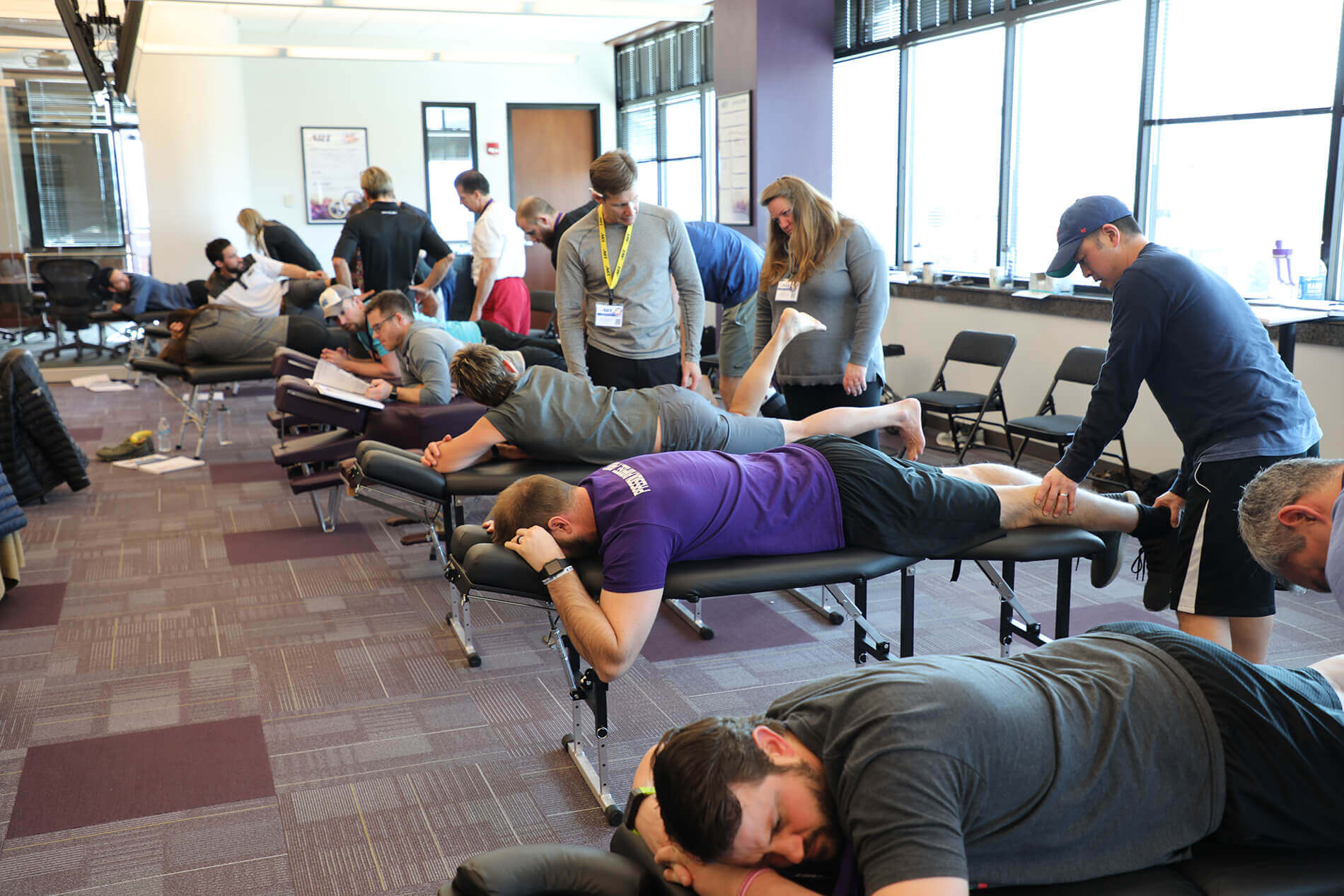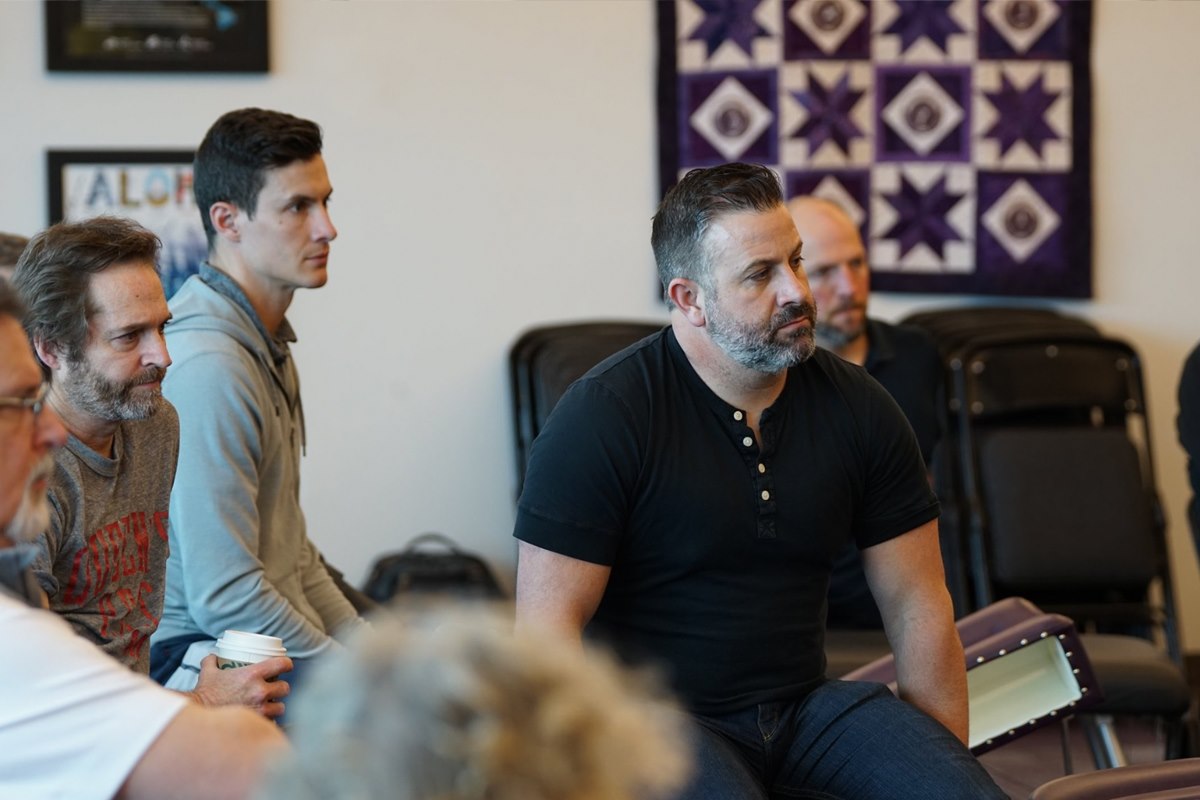Nerve
Nerve combines all ART nerve protocols into a single seminar. This is an advanced seminar requiring mastery of Upper Extremity, Lower Extremity, and Spine Level 1 skills in order to successfully complete the seminar, becoming credentialed as an ART Nerve Certified Provider™. Attendees will be trained to identify and treat pain, disorder, and discomfort originating from nerve entrapment, damage or injury, anywhere in the body.
Get the tools you need.
- Instructional manual (optional but complimentary)
- ART Certified Provider™ listing
- ART LMS (learning management system) access
- ARTMan™ app
Mock Agenda
Days 1, 2, & 3
Thursday, Friday, Saturday
Training & Instruction
-
7:30 – 8:00 am
Check In
-
8:00 – 8:30 am
History, Principles, Diagnosis
-
8:30 – 10:00 am
Course Instruction & *Hands-on Practice
-
10:00 – 10:15 am
Break
-
10:15 am – 12:00 pm
Instruction Continues
-
12:00 – 1:00 pm
Lunch Break
-
1:00 – 3:00 pm
Instruction Continues
-
3:00 – 3:15 pm
Break
-
3:15 – 5:00 pm
Instruction Continues
Day 4
Sunday
Testing
-
7:00 am – 12:00 pm
Testing (20-minute increments)
Snacks will be provided during scheduled breaks. Providers should expect to receive test scores after the completion of the seminar, usually within 72 hours.
*Hands-on practice of treatment protocols: During the seminar, attendees practice protocols on one another and instructors to ensure they perform the appropriate movement, incorporating correct tension, touch, and palpation, for each protocol. Attendees practice asking open-ended questions, such as: nature of injury, duration of signs and symptoms; intensity of signs and symptoms; Initial onset of pain; aggravations to worsen pain; and pain classification (sharp, dull, achy, throbbing). Attendees are instructed to look for swelling, discoloration, visual patient discomfort, analyze gait/movement/posture as it relates to pain and the nervous system, all while actively palpating various structures.
Attendees learn to effectively palpate soft tissue structures, namely, nerves, muscles (including origin, insertion, muscle belly, and tissue abnormalities), ligaments, retinaculum, fascia, joints, and bony structures. While palpating, attendees are trained to ask the patient to perform active range of motion and describe symptoms, including burning, tingling, pain, and numbness, while the attendee actively feels for abnormalities of the structure. Attendees also learn to take the patient through passive range of motion while palpating structures and feeling for abnormalities in tissue structure, with a focus on nerves, while simultaneously soliciting patient feedback.

